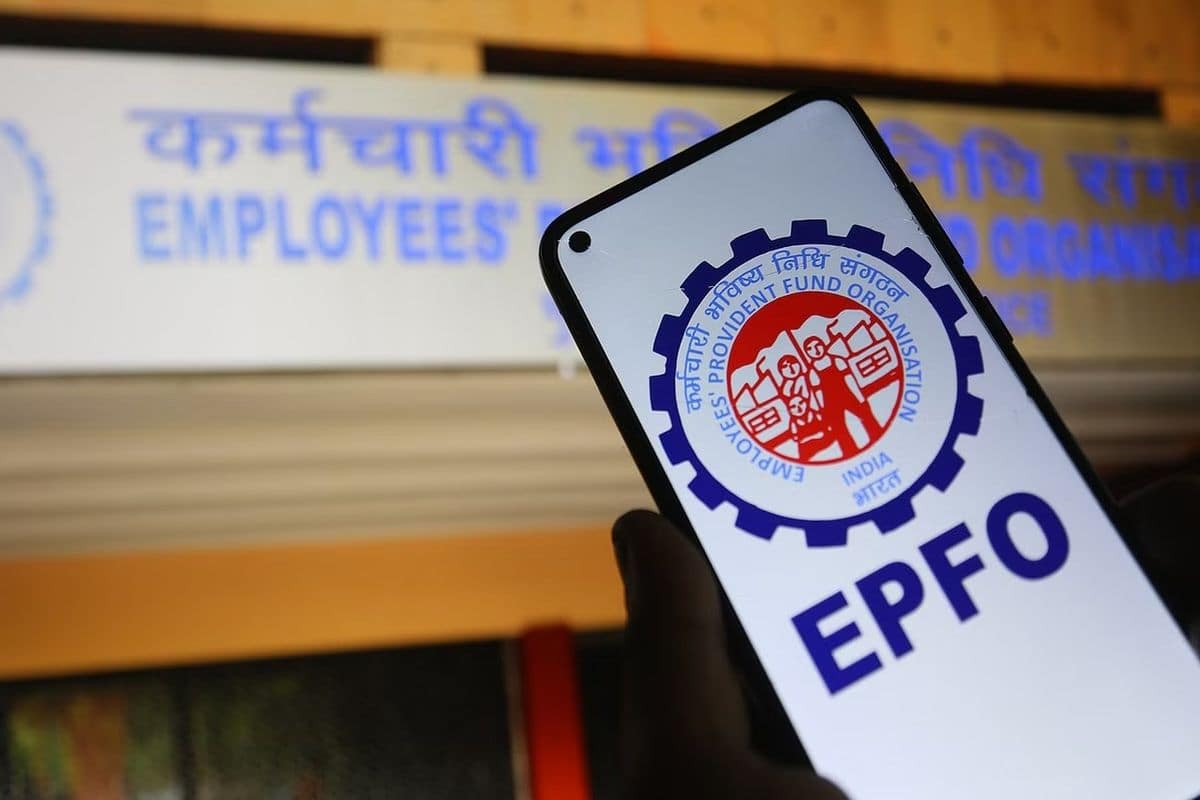Managing diabetes requires careful attention to diet, alongside prescribed medications. Understanding which foods to consume and which to avoid is crucial, especially with regards to their glycemic index (GI). Foods with a GI ranging from 70 to 90 can cause significant spikes in blood sugar levels. Below we will discuss several specific vegetables that individuals with diabetes should avoid to help maintain stable blood sugar levels.
Why Glycemic Index Matters
The glycemic index measures how quickly foods raise blood sugar levels. Foods with a high GI are converted into glucose rapidly, leading to a sudden increase in blood sugar, which can be detrimental for diabetic patients. By being mindful of these foods, patients can better manage their condition.
Vegetables to Avoid for Diabetics
1. Potatoes
Potatoes are a staple food that many enjoy, but they have a high glycemic index of approximately 70-90. Consuming even small amounts can lead to an increase in blood sugar levels. For instance, 100 grams of potatoes contain around 30 grams of carbohydrates and only 2 grams of fiber. This means that whether in the form of mashed potatoes, fries, or chips, all forms of this vegetable should be strictly limited in a diabetic diet.
2. Corn
Corn is often enjoyed as a snack, whether roasted or boiled, but it can spike blood sugar levels due to its high carbohydrate content. Diabetics should consider seeking alternatives to corn to manage their blood sugar more effectively.
3. Sweet Potatoes
While sweet potatoes are packed with vitamins and minerals, their carbohydrate content and beta carotene levels can cause an increase in blood sugar. Diabetics are advised to limit their intake of sweet potatoes to avoid potential spikes in their blood glucose levels.
4. Yam
Similar to sweet potatoes, yams can also raise blood sugar levels quickly. The glycemic index of yam is around 65, making it another vegetable that diabetic patients shouldn’t include in their diet frequently.
5. Peas
Peas might enhance the flavor of many dishes, but they are rich in carbohydrates and starches, which can negatively impact digestion in diabetic patients. Therefore, peas should be consumed only sparingly, if at all.
Alternative Choices for Diabetics
While the above vegetables can potentially raise blood sugar levels, it’s essential to replace them with better alternatives. Here are some vegetables and grains suitable for a diabetic diet:
| Food Item | Benefits |
|---|---|
| Leafy Greens (e.g., spinach, kale) | Low in calories and carbs, rich in fiber and vitamins. |
| Cauliflower | Low GI, versatile, can be used in place of higher-carb foods. |
| Broccoli | High in fiber, helps manage blood sugar levels. |
| Avocado | Rich in healthy fats and fiber, low in sugar and carbohydrates. |
| Chickpeas | High in fiber and protein, helps control blood sugar levels. |
Conclusion
For individuals with diabetes, it is crucial to be mindful of their dietary choices. Avoiding high glycemic vegetables can help in maintaining steady blood sugar levels and overall health. Always consult a healthcare provider or dietitian for personalized dietary recommendations that suit individual health needs.
Disclaimer: This article is intended for informational purposes only and should not be used as a substitute for professional medical advice. Always consult a healthcare professional for guidance tailored to your specific situation.












